

Edmund Optics manufactures a wide variety of optical filters including bandpass, multi-bandpass, shortpass, longpass, dichroic, notch, and more! Not sure what kind of filter you need? Check out our filter selection guiede below and chat to one of our experts!
Bandpass filters transmit light of a certain clearly defined wavelength range and block adjacent wavelengths.
Key Specifications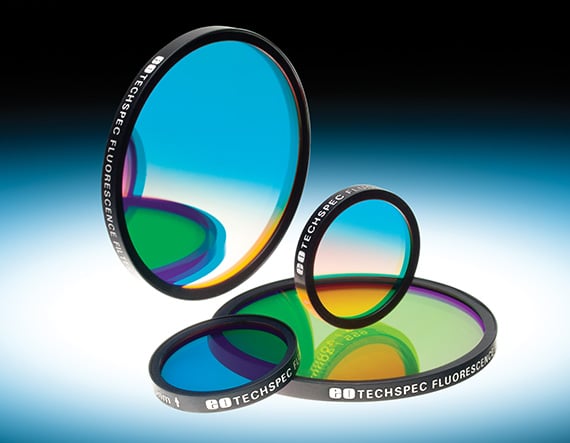
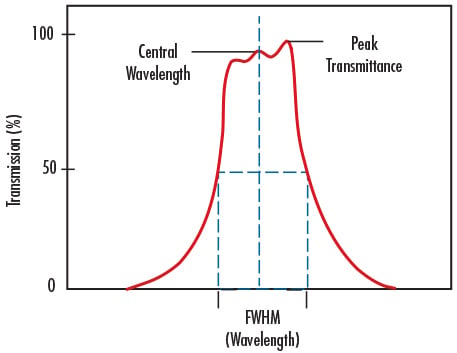
Shortpass filters transmit wavelengths below a certain (cut-off) wavelength
Key Specifications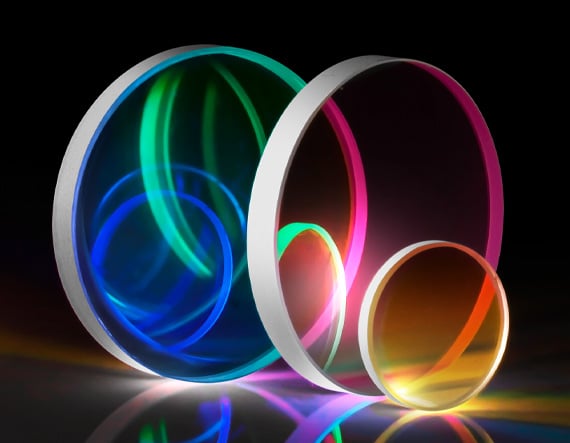
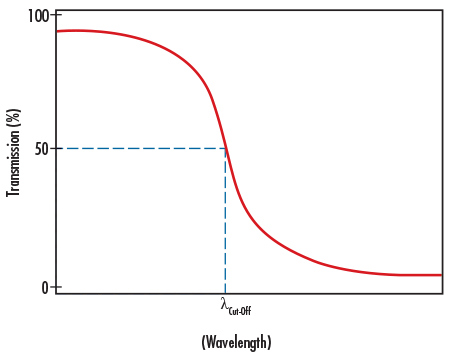
Longpass filters transmit wavelengths above a certain (cut-on) wavelength.
Key Specifications
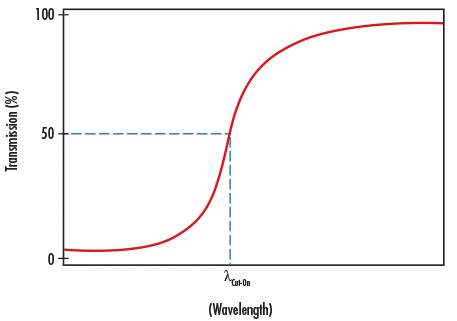
Notch filters block light of a certain clearly defined wavelength range and transmit adjacent wavelengths.
Key Specifications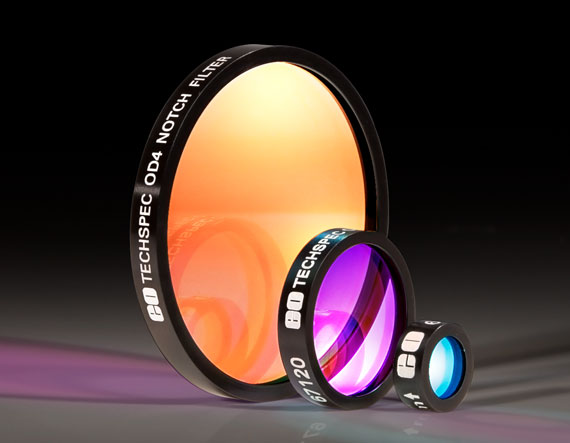
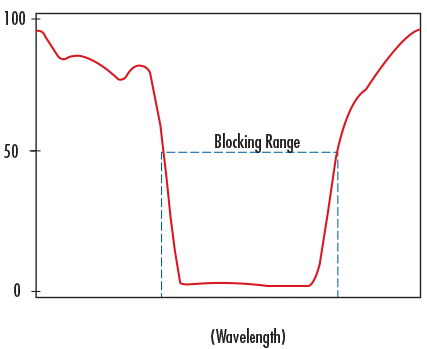
Dichroic filters separate a broad spectral range into two components, a reflected and a transmitted component.
Key Specifications
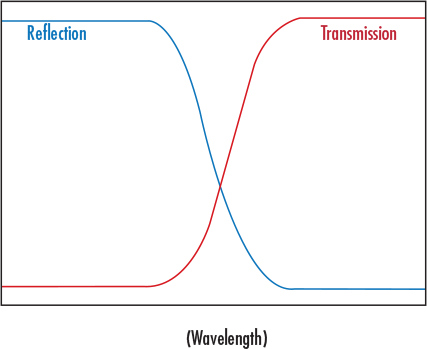
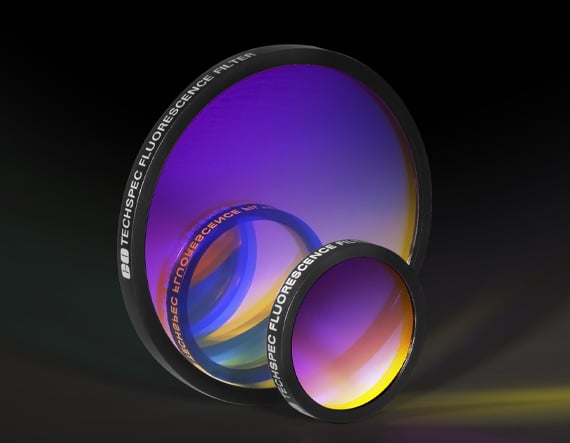

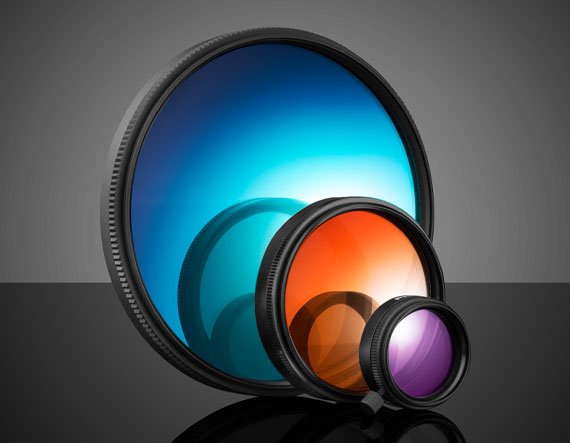
Shop Edmund Optics® Marketplace for the world’s largest selection of off-the-shelf optical components with same-day shipping.
 Bandpass
Bandpass
 Blocking
Blocking
 Blocking Range
Blocking Range
 Central Wavelength (CWL)
Central Wavelength (CWL)
 Cut-Off Wavelength
Cut-Off Wavelength
 Cut-On Wavelength
Cut-On Wavelength
In filter terminology, cut-on is the wavelength at which the transmission increases to 50% throughput in a longpass filter.
 Filter
Filter
 Full Width at Half Maximum (FWHM)
Full Width at Half Maximum (FWHM)
A specific wavelength region of the bandwidth of a filter defined by the two points of the passband where transmittance is 50% of the peak.
 Longpass Filter
Longpass Filter
A type of filter in which the transmission band is a region of longer wavelengths as compared to the region blocked.
 Neutral Density Filter (ND)
Neutral Density Filter (ND)
A type of filter that yields a constant value for attenuation, or optical density, over a bandwidth (i.e. spectrally flat). It is useful for attenuating, or reducing, overall light in a system.
 Notch Filter
Notch Filter
A type of filter designed to block a pre-selected bandwidth and transmitt all other wavelengths within the design range of the filter. Notch filters are manufactured using the dielectric stack method which involves using a series of thin layers of dielectric materials, of alternating refractive index.
 Optical Density (OD)
Optical Density (OD)
Optical density is a value that describes the amount of energy that can pass through an optical material. It is directly related to the transmittance of the material. The greater the OD, the more light being blocked.
 Reflection
Reflection
Radiation that changes direction, but not wavelength, after contact with a material surface.
 Shortpass Filter
Shortpass Filter
A type of filter where the transmission band is a wavelength range of shorter wavelengths, typically lower than the region blocked.
 Transmission
Transmission
The amount of radiant energy that passes through an optical medium, not being absorbed, reflected, or scattered.
 Wavelength
Wavelength
The peak to peak distance covered by one cycle of an electromagnetic wave. It is inversely related to frequency. The longer the wavelength, the lower the frequency; conversely, the shorter the wavelength, the higher the frequency.
